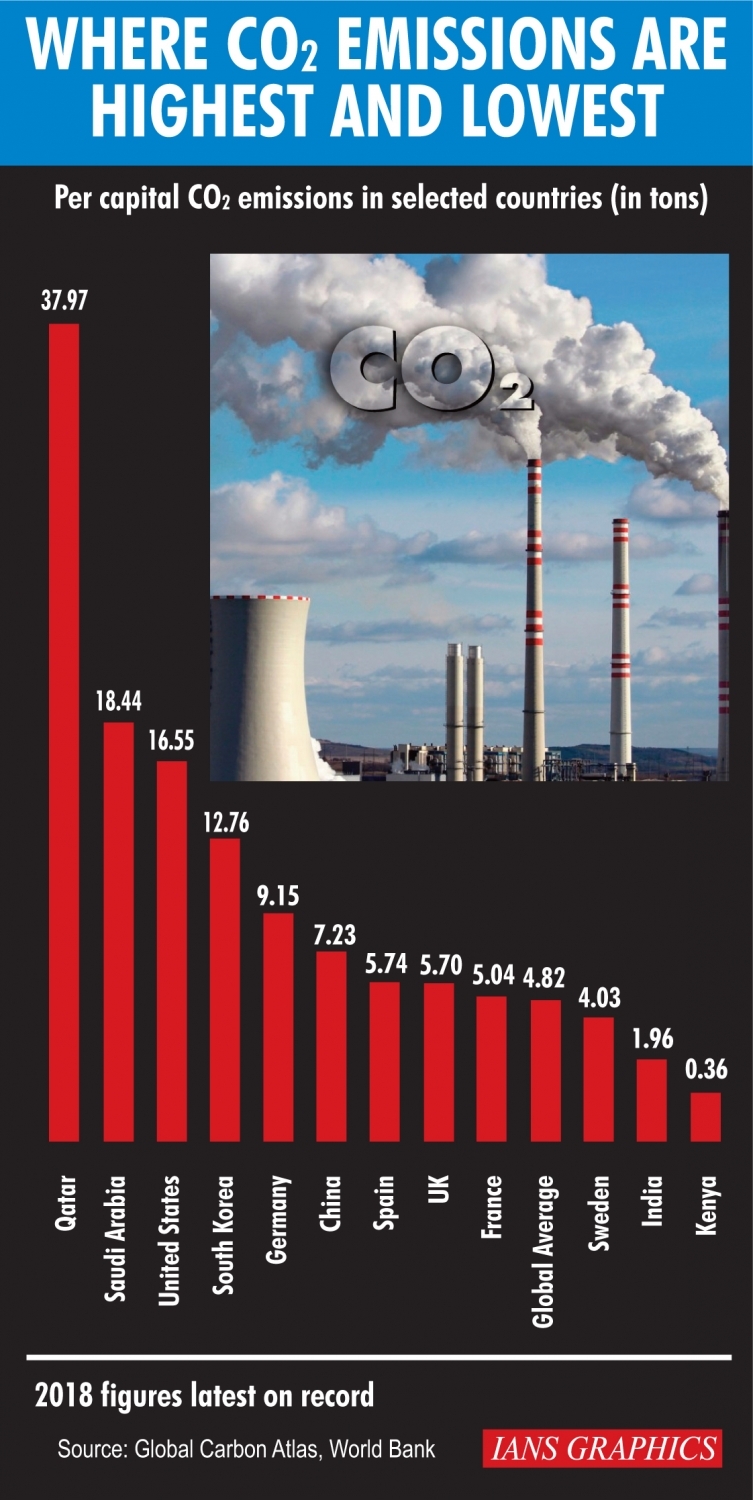A drop in greenhouse gas emissions because of the coronavirus pandemic will not be enough to reverse the climate crisis, the World Meteorological Organization warned on Wednesday.

The five-year period from 2015 to 2019 was the warmest on record, with a global average temperature 1.1 degree C higher than in the pre-industrial era, the WMO said in a report released on Earth Day, which celebrated its 50th anniversary this year, Efe news reported.
Despite a likely reduction in emissions during the Covid-19 outbreak, the WMO warned that it would only be temporary and that the health emergency would exacerbate problems for people affected by climate disasters.
WMO secretary-general Petteri Taalas said: “Extreme weather has increased, and it will not go away because of the coronavirus.
“On the contrary, the pandemic exacerbates the challenge of evacuating people and keeping them safe from tropical cyclones, as we saw with Category-5 strength Harold in the South Pacific.
“And there is a risk that over-stretched health systems may not be able to cope with an additional burden of patients due to, for example, heatwaves.”
The WMO urged governments to incorporate green measures into their coronavirus recovery packages.
“Whilst Covid-19 has caused a severe international health and economic crisis, failure to tackle climate change may threaten human well-being, ecosystems and economies for centuries,” Taalas added.
Previous economic crises have often been followed by “recovery” associated with much higher emission growth than before the crisis, it warned.
The global temperature rise was particularly rapid in the last half century, with the current world average 0.86 degree C higher than in 1970.
Concentrations of carbon dioxide, the main gas causing global warming, in the atmosphere are 26 per cent higher than 50 years ago.
The report predicted that in the next five years record average temperatures will continue to be reached, especially in high latitudes and land regions, with slower ocean warming, particularly in the North Atlantic and southern ocean.
The WMO report also highlighted that both the concentration of CO2 in the atmosphere and other indicators, including sea levels, glacier masses and sea ice in the Arctic and Antarctic, all show that in the past five years there has been an acceleration of global warming.









